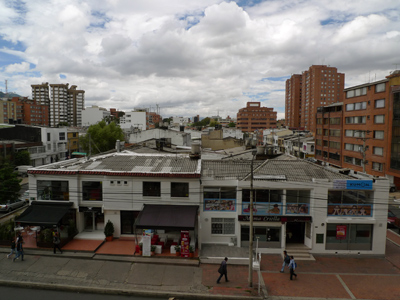
Bogotá’s growth as a city seemed to be outward rather than upward. Its relative lack of tall buildings point to the fact that acquiring new land was more economic than tearing down older structures & constructing taller ones in their place. Also, the fact that the region is prone to earthquakes made building low a priority. Good examples of colonial buildings dot La Candelaria. The biggest wow for me was the Franciscan Iglesia La Tercera, with construction beginning in 1760 & full of exquisite Rococo carvings… probably of walnut, very dark & sensual:
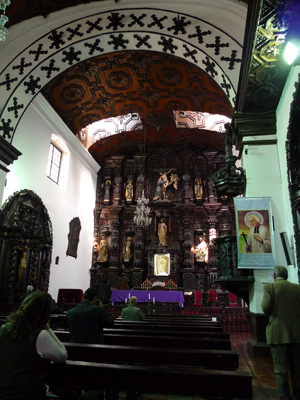
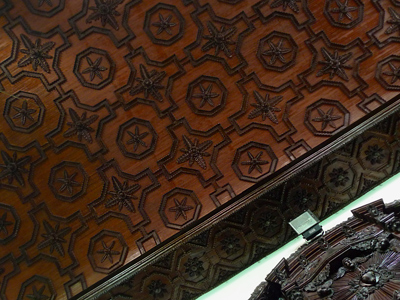
After independence in 1819, colonial architecture persisted –again, most visible in La Candelaria– with simple exteriors, wooden balconies, & interior patios:
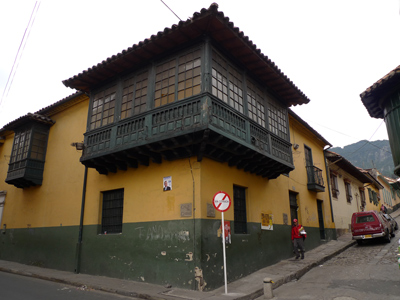
When trolleys & trains arrived in Bogotá around the mid-1800s, wealthier families moved north, away from the city center. Space was needed to build bigger estates where the elite could show off their wealth. One of the best examples is the Casa Museo El Chicó near Parque 93… originally a colonial house with extensive grounds, it was donated by its last owner, Mercedes Sierra de Pérez, to a private organization for city preservation. The fondness for colonial styles obviously prevailed among the upper class:
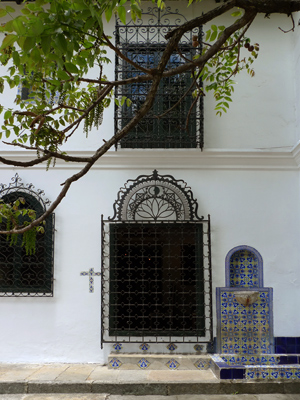
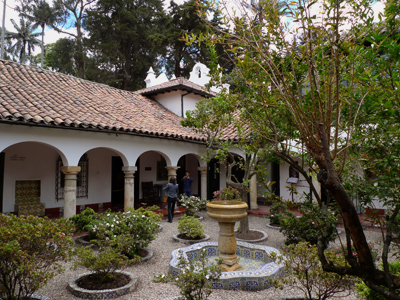
Art Nouveau didn’t make much of an appearance in Bogotá, but Art Deco was popular. Mainly used for banks & insurance companies in the financial district, a few houses can be found around town:
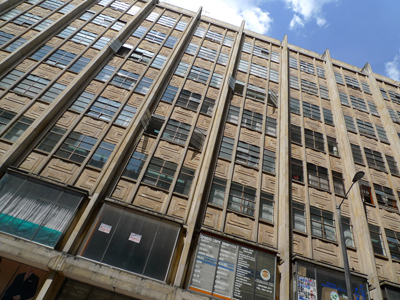
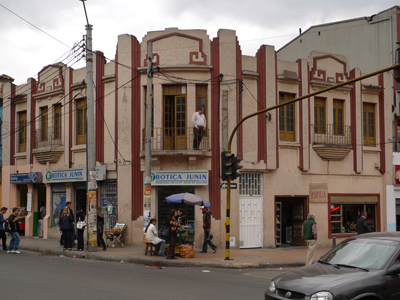
The 1929 stock market crash in the US mainly affected the rural sector in Colombia. No longer with export markets, ranchers & farmers came to the city in hopes of making money. Merchants already established in Bogotá became the nouveau riche & sought to distinguish themselves from traditional elite. Discarding colonial styles, a huge boom of NeoTudor swept the city. The best examples can be found on or near Avenida Caracas which transported both old & new money to their homes. One the best preserved areas is near the Profamilia station at Calle 35, Carrera 7. All over town it seemed like most of these large houses are currently used for schools or offices… those families must have sold off & left town some time ago. But the sheer quantity of 1930s NeoTudor makes Bogotá unique:
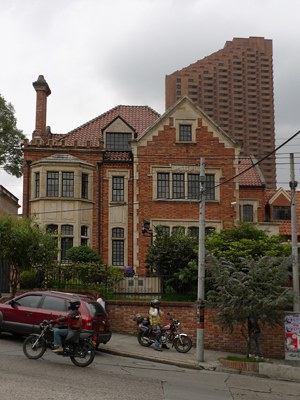
Racionalismo or Streamline Moderne seemed most prevalent in factories… many of which seemed abandoned today. But a few smaller structures from the 1940s & 1950s remain. A personal fave was this example in the Parque Nacional Olaya Herrera:
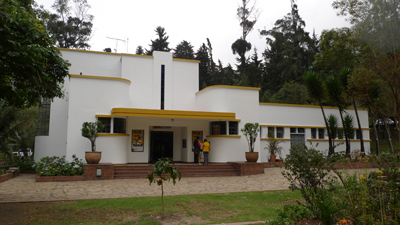
Modern Bogotá can be characterized an amalgam of utilitarian styles. Kitsch value aside, the latter decades of the 20th century weren’t kind to most Latin American cities & Bogotá is no exception. Single family homes have been replaced by apartment buildings lacking character, & economy is more important than aesthetics. Skyscrapers appear mainly around Calle 26 & Avenida Caracas, like the Torre Colpatria (not pictured), but don’t seem to fit in well with the rest of the city. Monstrous shopping malls can be found everywhere:
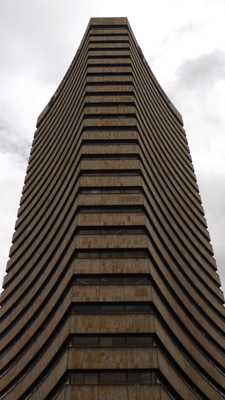
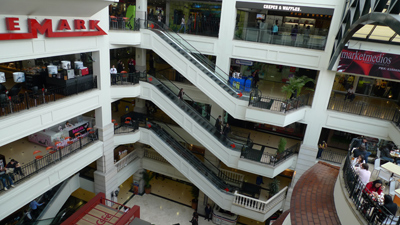
The best example of modern architecture I saw was the Centro Cultural Gabriel García Márquez, located one block from the void of the main square, Plaza Simón Bolivar. Although very different from the rest of La Candelaria, it invites people inside & contains an updated version of the colonial patio so cherished by bogotanos 200 years ago:
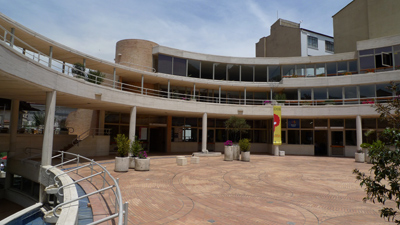
Bogotá series: First impressions • Architecture • Main museums • Cementerio Central
Was your blog down for a while? I’m glad it’s back up. The architecture looks so interesting!
Hi Bean! I stopped blogging for quite awhile. I don’t have the time to post very often, but hopefully I can write something here a couple times each month.
Pingback: Luis Molina-Pantin: Narco-Architecture in Colombia « Thomas Locke Hobbs Blog